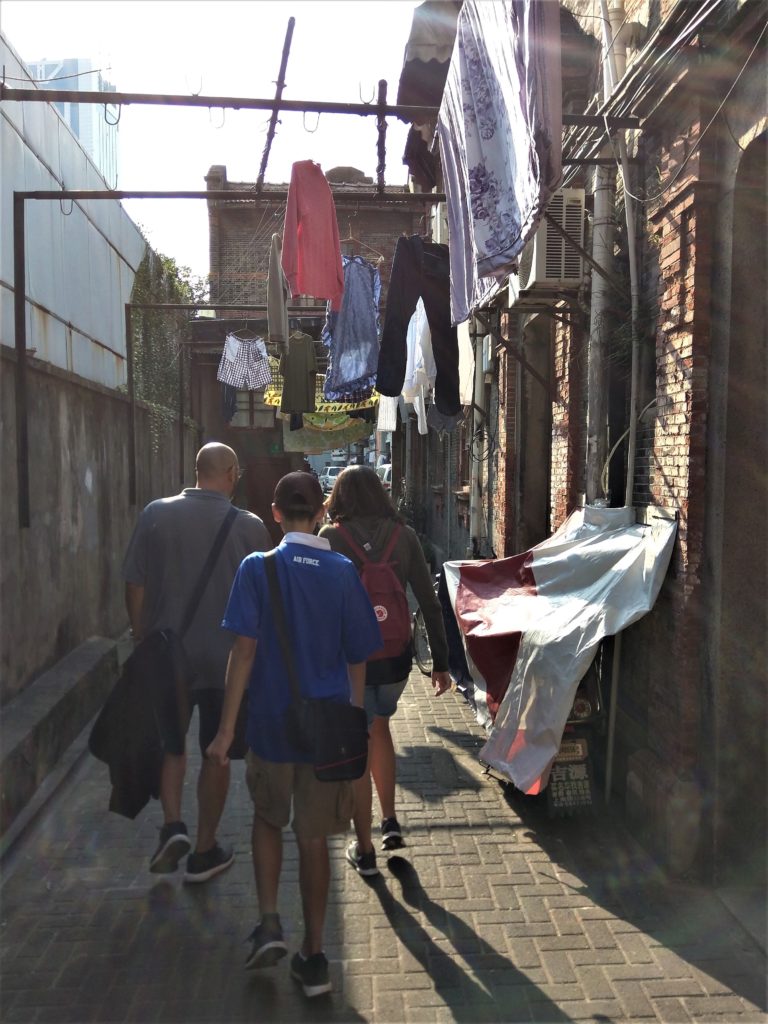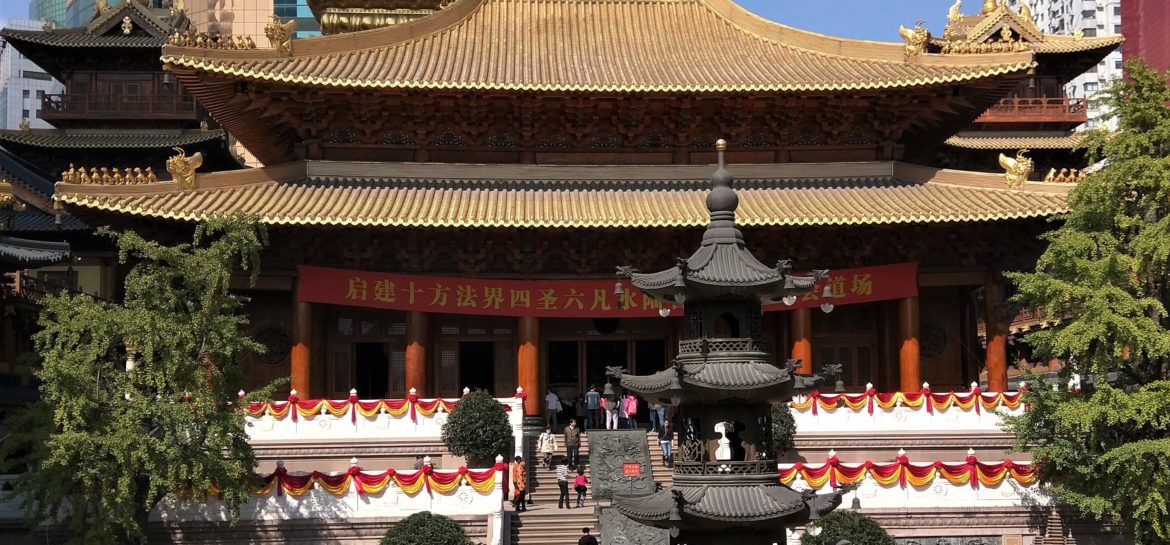
The metro system in Shanghai is vast, connecting all corners of the city. If you don’t mind walking a couple blocks to the nearest station, or crowded trains from time to time, it is an inexpensive, efficient, and clean way to get around the city.
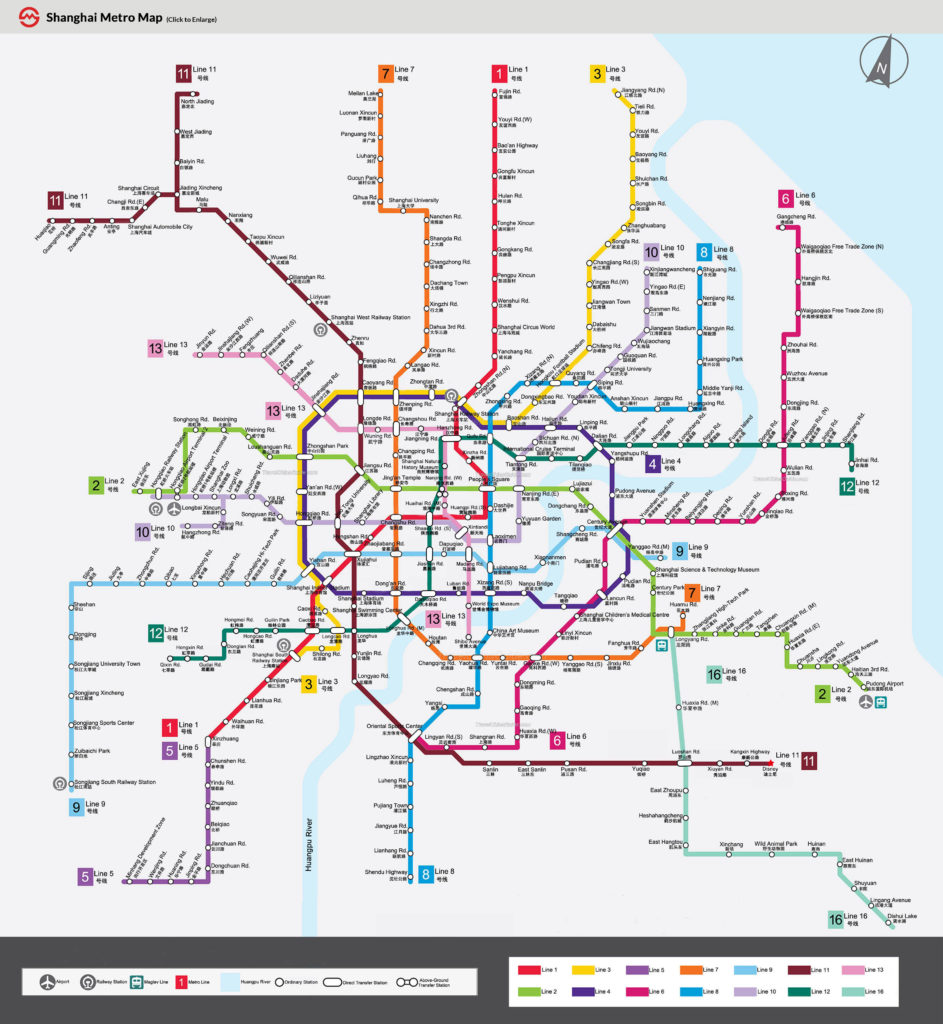
Some people choose what to explore around the city by picking random metro spots as their guide. Close your eyes, point to a metro spot on a map, then go. Our selection recently was Jing’an Temple, twelve stops down on Line 2.
The temple sits right above the metro stop bearing its name. You ascend the escalators onto the street and emerge in the middle of the city, standing next to the massive wooden and golden temple. It was built during the Song Dynasty in 1216 and added on to through many successive dynasties. Surprisingly, it was even re-purposed as a plastic factory in the 1970’s during the Cultural Revolution in China. Restored today to a gleaming finish, it is a now a nationally protected temple.

On the Saturday we visited, Jing’an Temple was full of people praying, lighting incense, and burning paper offerings. It felt a little odd walking around a temple that was in use, but nobody questioned our presence and we were free to roam throughout the temple and observe people in their prayers and gatherings.
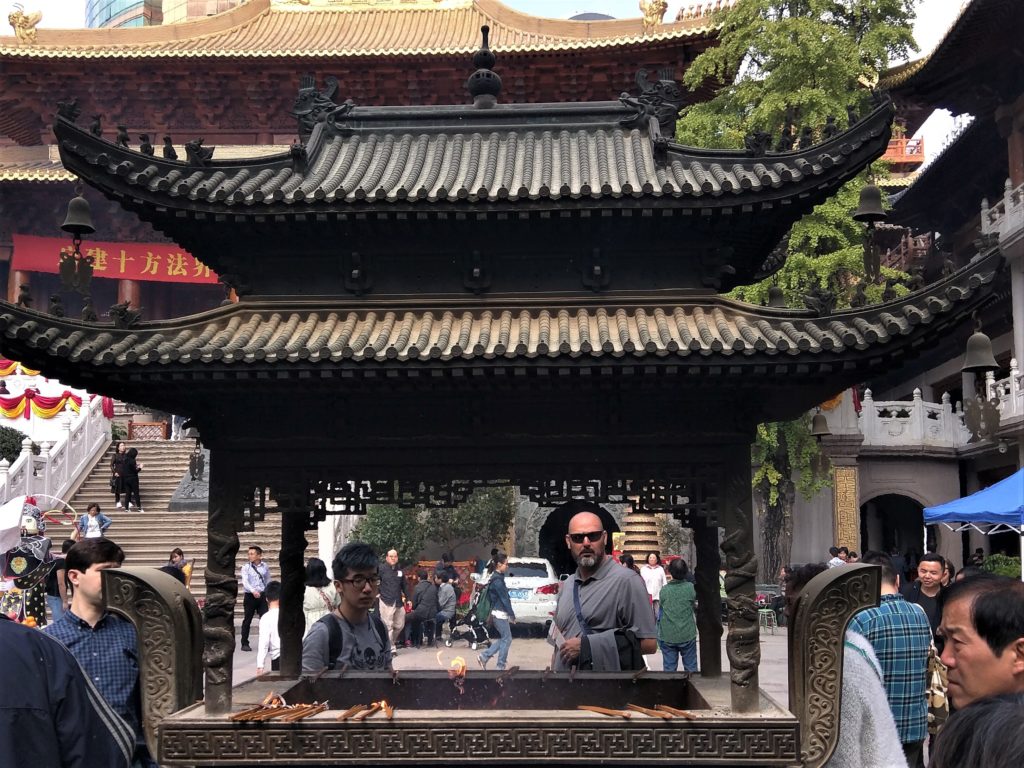
Burning paper offerings is a Chinese Buddhist tradition. The paper signifies either money or items that ancestors can use in the afterlife.
The temple is laid out in a square with an open courtyard. Rooms, towers, and halls are tucked everywhere and provide something of interest around every corner. Wandering as we were, with no prescribed tour, we walked into one room from the backdoor and to our surprise and delight encountered a very large Buddha.

Around every other corner we encountered more amazing things from intricate woodwork and marble carvings to ancient bells and massive drums.
On our way home, inspired by the surprise of exploring an unexpected destination, we decided to walk through a neighborhood we noticed while getting refreshments near another metro stop.
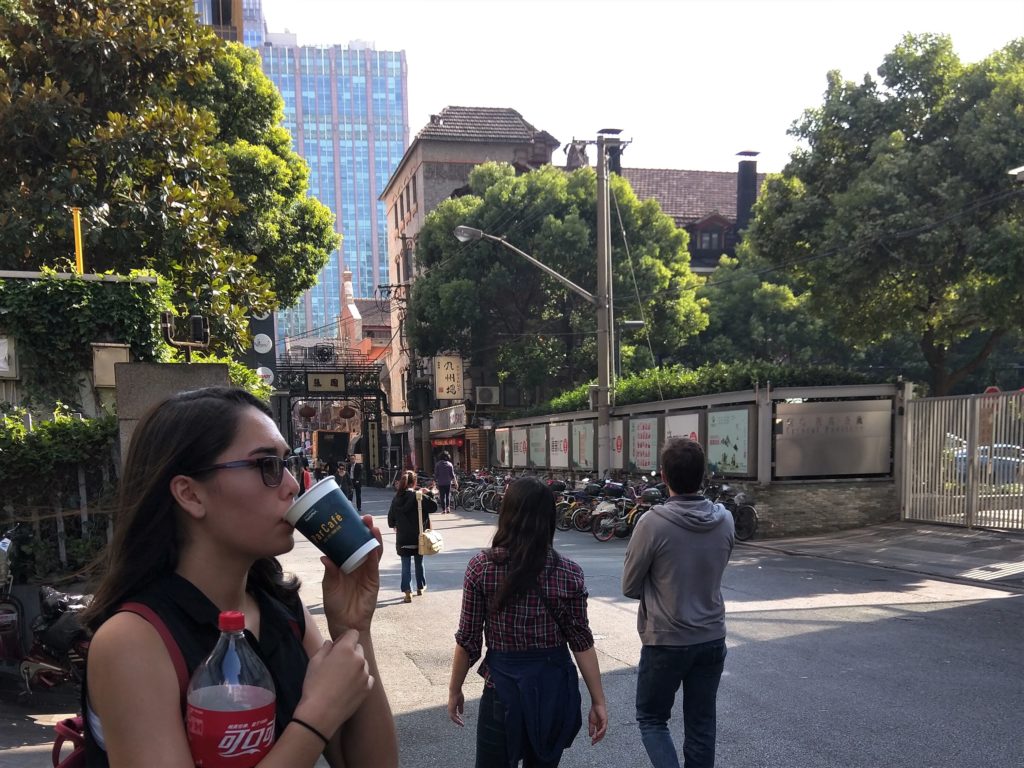
We were delighted to find all sorts of picturesque and interesting examples of Chinese life in this neighborhood.
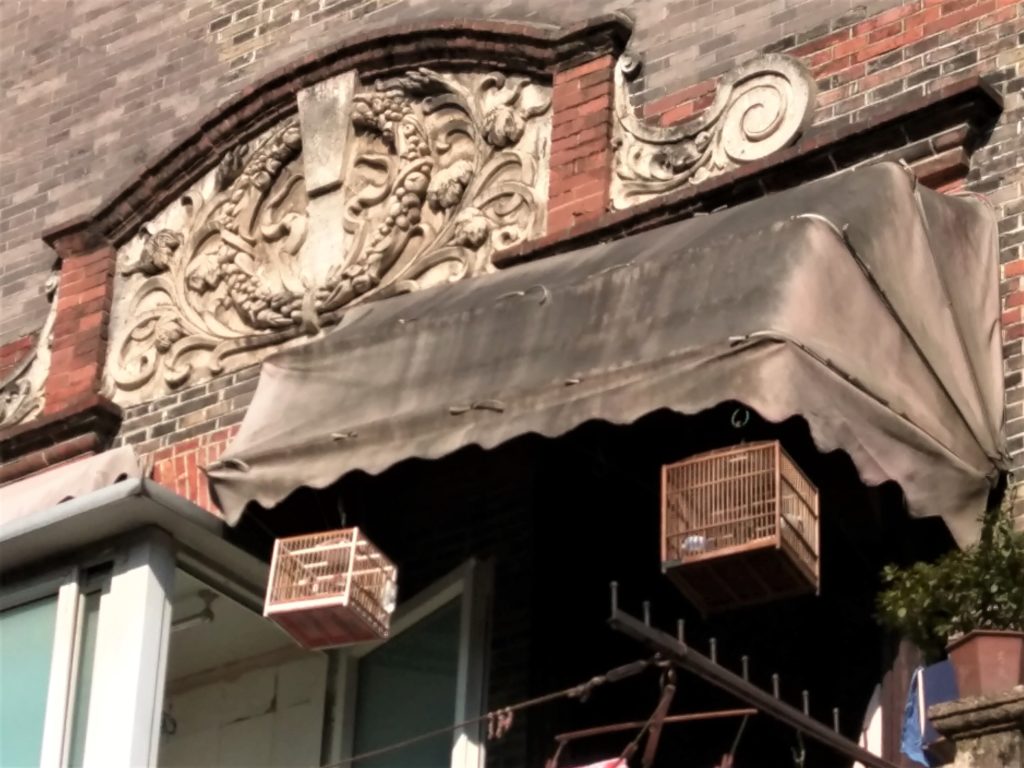
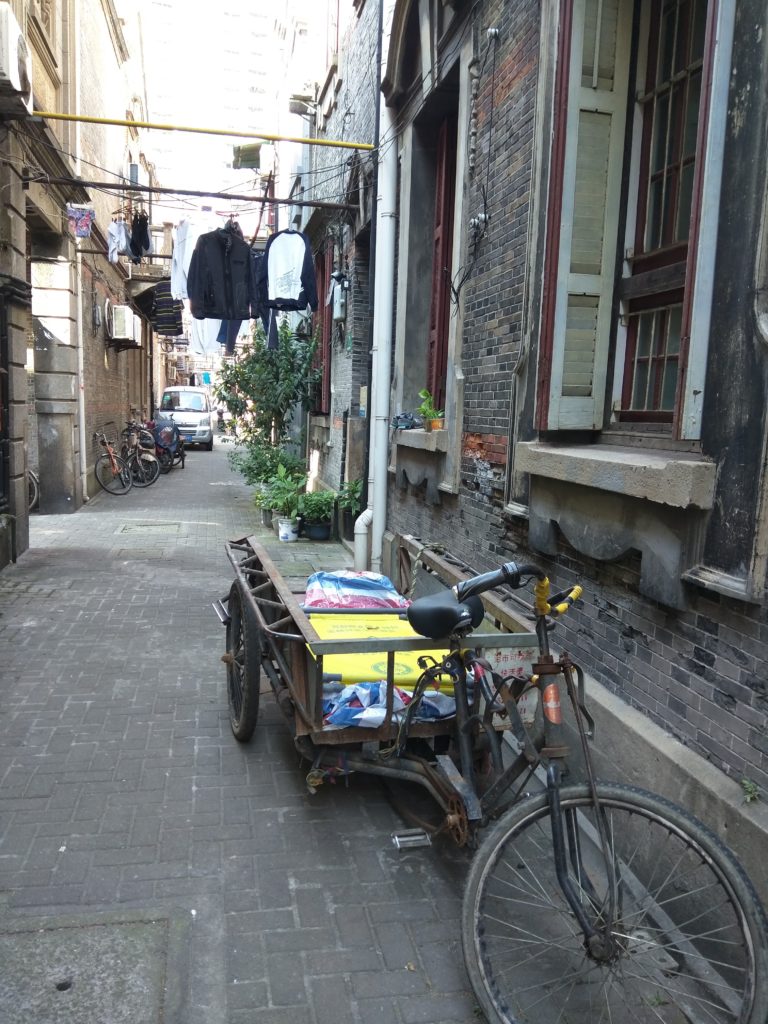
The area, we surmised from an old inscribed plaque near the gate, is called Zhangyuan. The flowery words of the plaque’s English translation tells something of a theater district, the first lamp of Shanghai, and the many vicissitudes of the area. Translations aside, our day certainly was not a troubling change of fortune, but another great adventure.
